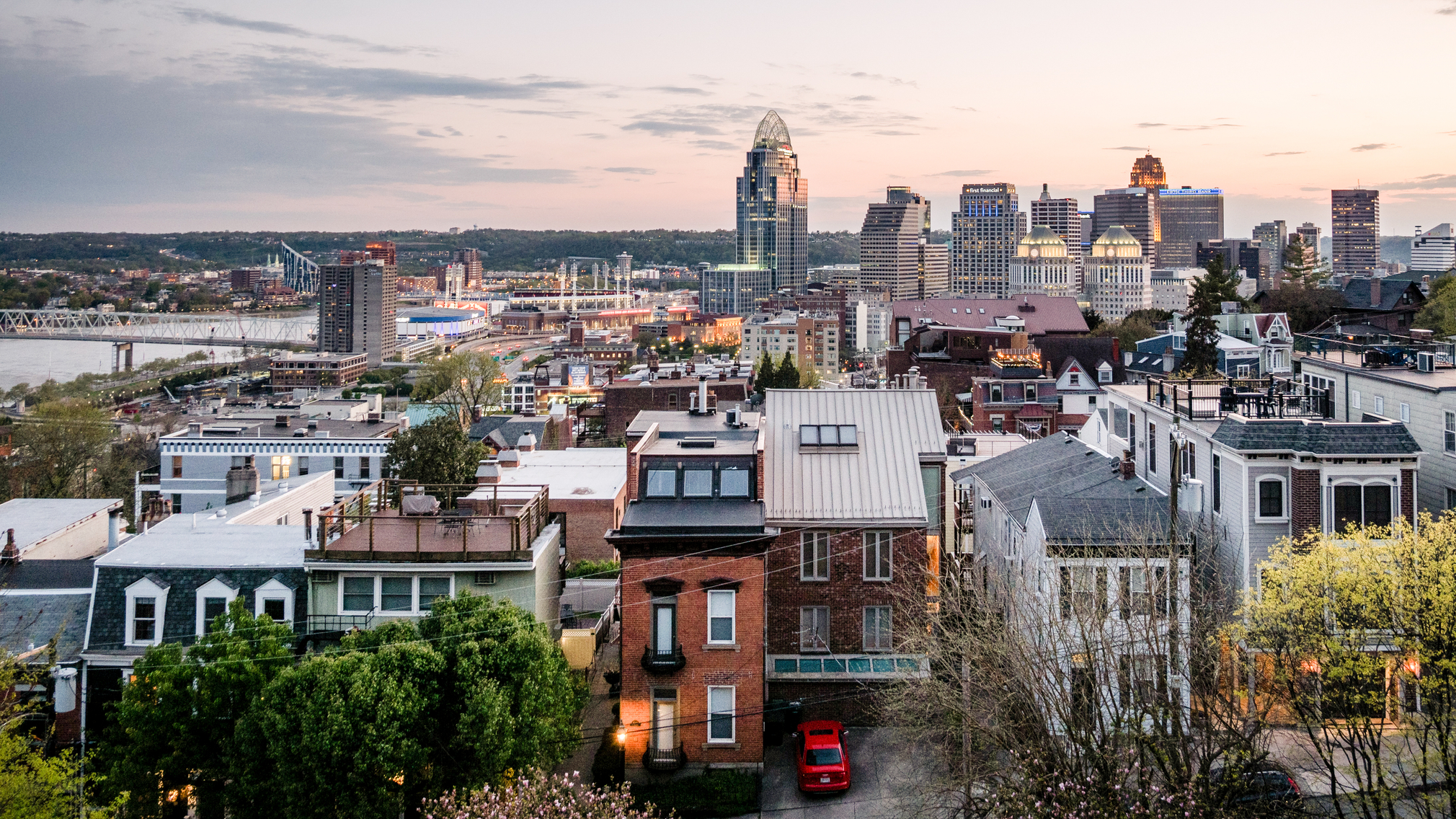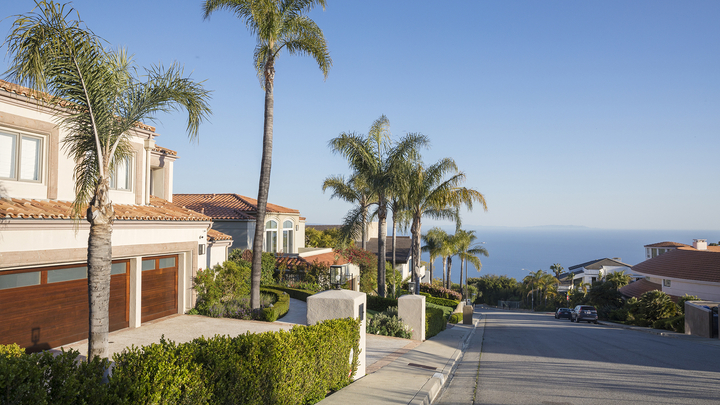Is This the ‘New’ Normal?
“Zillow Explains” explores the housing market factors shaping today’s home-buying landscape.


Written by Susan Kelleher on July 29, 2025
Five years after the pandemic supercharged the U.S. housing market, factors like cheap borrowing and remote work that led to a nationwide home-buying frenzy and record home value growth are in the rear view — but their effects remain.
We’re now on our way to a “new normal,” one that will continue to be shaped by changing interest rates, government policies, and local and national economics.
The housing market is always evolving, and while no one knows what the new normal will look like, or how long it will last, we do know where we’re starting from. To give you a more detailed look at market forces driving the new normal — and what you can do about them, watch Zillow Explains below.
Here’s an overview of what’s changed in the five years since the pandemic began:
Homes are more expensive
Home prices nationally jumped nearly 50% in five years — the typical U.S. home was worth $244,000 in December 2019; in July 2025, it was worth $366,000. For comparison: historically, home value growth averages about 4% a year. Nationally, home price growth has slowed way down in 2025: it’s now flat, and even declining in some markets, giving buyers a much-needed break. Still, affordability remains a challenge for millions of potential buyers.
Historically low interest rates have doubled
Mortgage interest rates dropped below 3% for about two years during the pandemic, reaching an historic low of 2.65% in January 2021. In 2025, they’ve been hovering between 6% and 7%, and that is expected to be the new norm for at least the end of the year.
Bidding wars are less common
Given the affordability challenges facing buyers, the experience of home shopping is more relaxed in 2025 than it’s been in the past four years. Zillow’s Market Heat Index shows the nation’s housing market has moved into neutral territory, where buyers and sellers have equal negotiating power. This gives buyers more time to shop and greater bargaining power than they’ve had in recent years.
Supply and demand for housing are still mismatched
People who bought or refinanced a home when mortgage rates plummeted locked in those historically low rates for up to 30 years. Many of those mortgaged homeowners have been reluctant to move since they’d have to pay higher rates on their next home, creating what economists describe as “rate lock.” More homeowners listed their homes for sale in 2025, and inventory is at its highest levels since the pandemic began. Still, in most markets, buyers seeking affordable homes outnumber sellers.
Rents are higher
With home ownership out of reach, more households rented, driving up prices for rental homes. Zillow research found that the typical U.S. rent grew 33% — nearly $500 a month — since the pandemic began. In some cities, such as Miami, rents grew more than 50%. The rent spike is especially notable in single family homes. Apartment rents haven’t grown as quickly, thanks to a building boom in multi-family during 2024.
We’re still not building enough homes
Zillow economists say we are 4.7 million homes short of what we need to meet demand. The building boom that occurred during the pandemic wasn’t enough to close the existing gap or keep up with new household formation, and builder confidence has waned since the start of 2025.
To stay up to date on market trends and how they’re showing up in your market, check out more content from our economist team.
A local agent can help you stay competitive on a budget.
They’ll help you get an edge without stretching your finances.
Talk with a local agent


